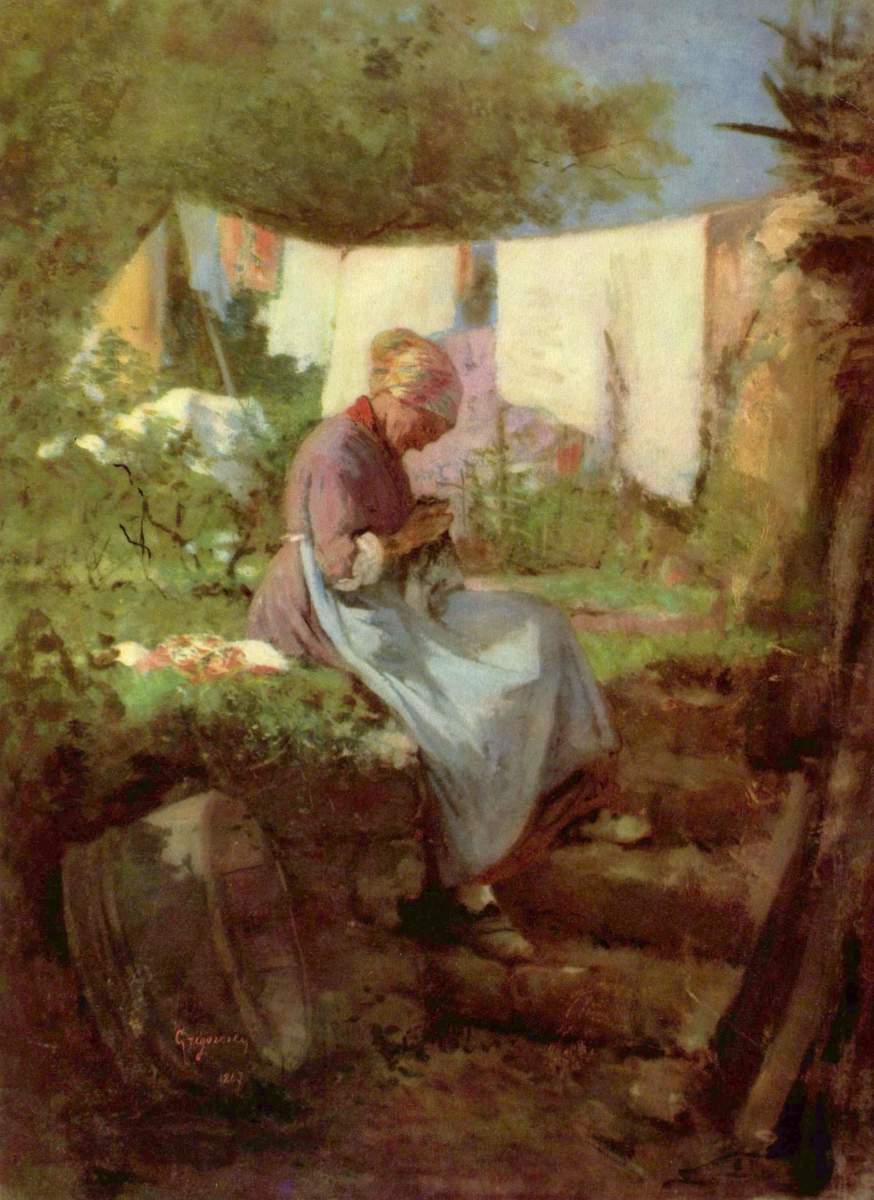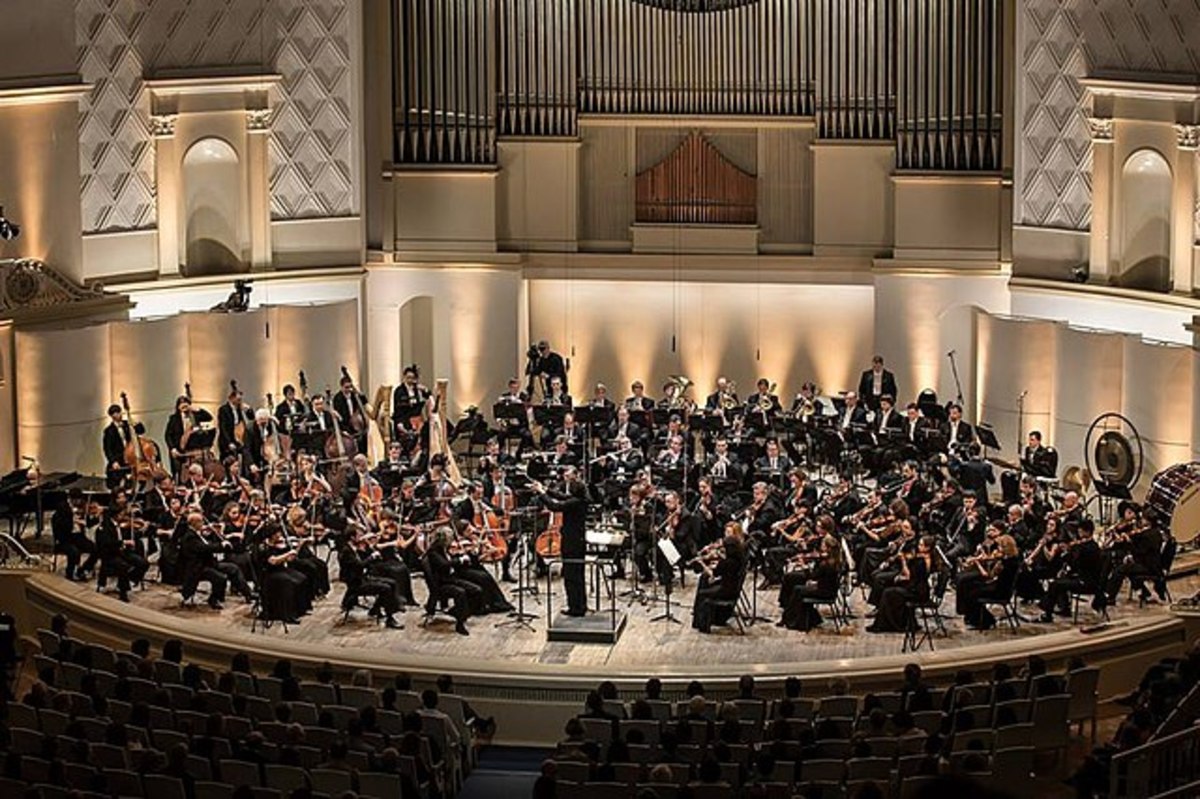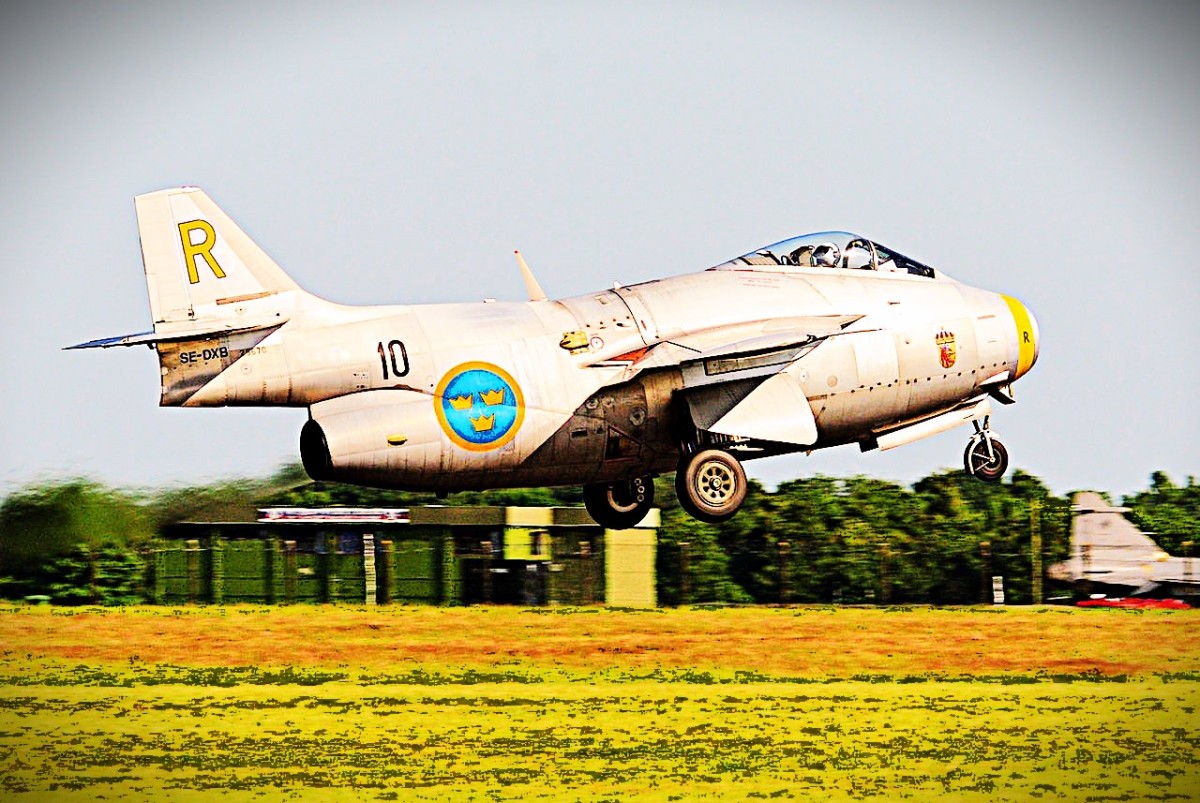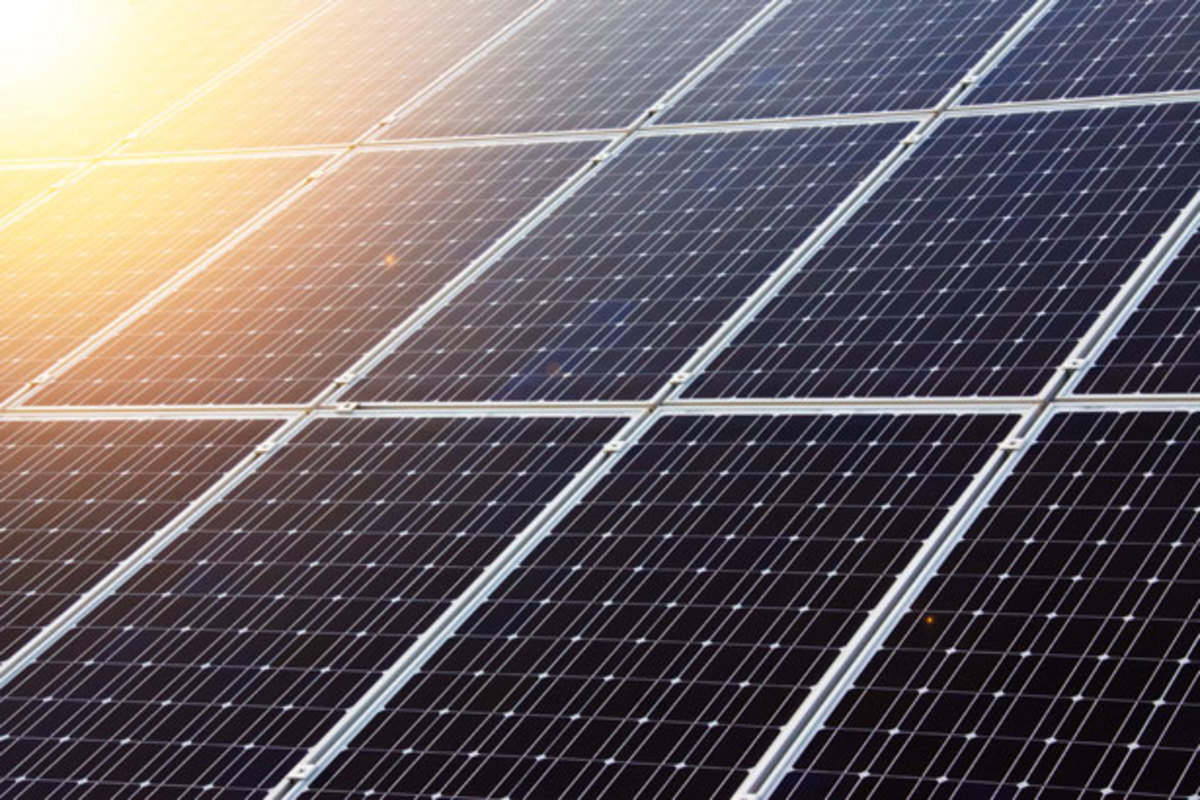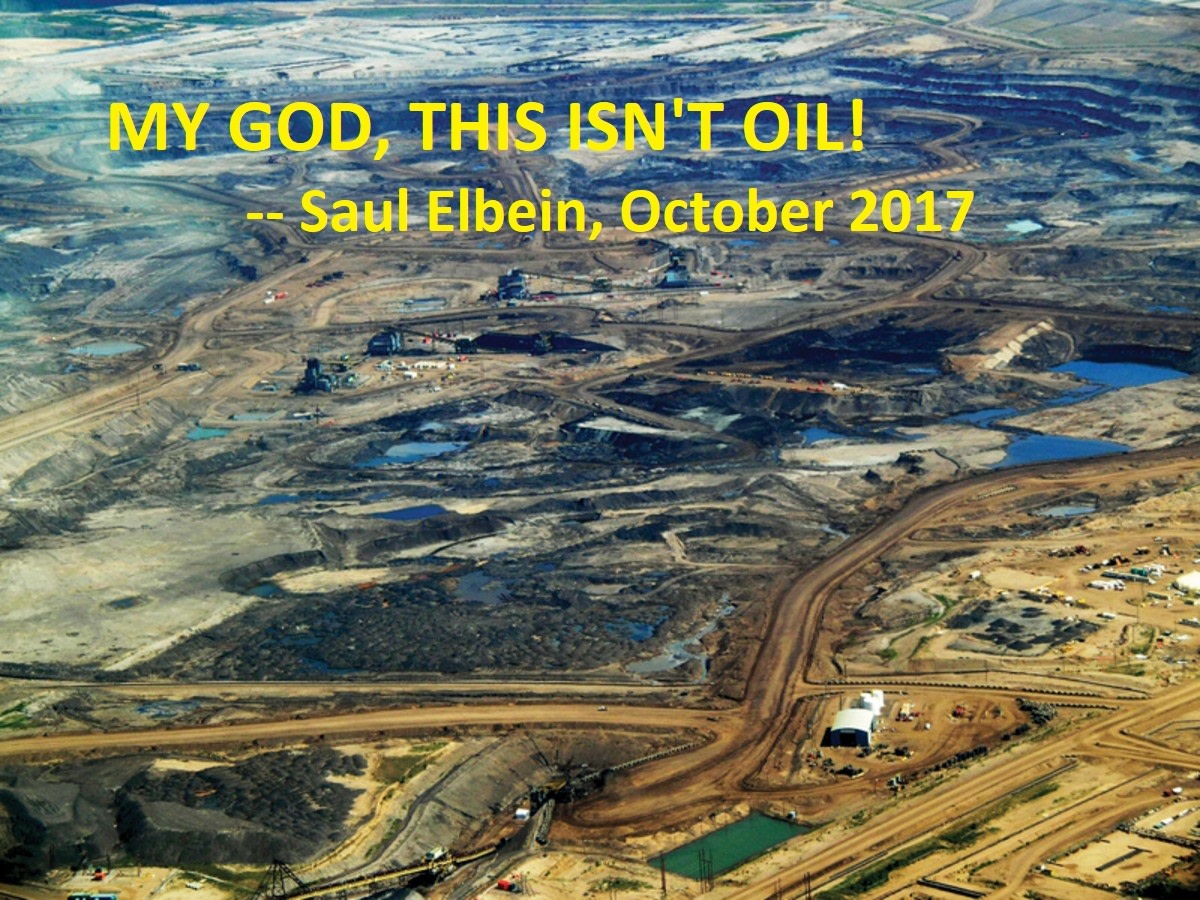The Early History of Wind Power
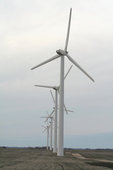
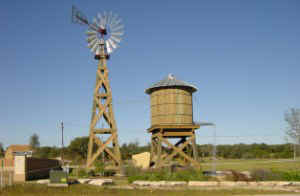
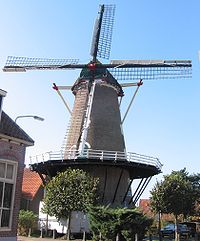
Wind Power Has a Long History
You know those tall, white, elegant, slowly turning wind turbines that are all the rage these days, standing in lines along a hillside spinning in sync like a well disciplined drill team supplying wind energy to light the homes in the area. Wind power has apparently been discovered now, and boy, is it ever taking off! Except, of course, that it was discovered – and heavily used – centuries ago. You might say that modern society is coming a bit late to that party.
If you think about it, as soon as a human being erected a sail and used it with a boat, that was the beginning of wind power generation. But maybe, considering what we think of as "wind power" today, that's kind of cheating. At least, it's not what we usually mean by the phrase. What about the other kind of wind power, the stuff we would use today to run businesses and get work done?
Well, that's been in use for centuries as well. As far back as about 900 A.D., windmills were being used in Persia to power the grinding of grain. According to the writings (there are no diagrams, unfortunately), these mills were powered by vertical rectangular sails made from bundles of reeds or strips of wood, attached to a vertical shaft that turned, turning wind energy into mechanical energy to grind the grain.
But this sort of power probably goes back even further. Some believe that windmills were actually invented in China, more than 2000 years ago, though the earliest documentation came much later. And wind power has been used to pump water on the island of Crete for centuries. In fact, these pumping machines are still extensively used there, triangular sails whirling.
When windmills appeared in Europe (probably around 1300 A.D.), they had switched completely to the kind that has the shaft, or axis, jutting horizontally (usually from a building) with the blades radiating out from that center point. No one knows for certain why this change was made, from vertical to horizontal, but some speculate that water wheels, with a similar horizontal axis, might have been the inspiration.
The new windmills,supplying wind energy for a variety of uses, appeared in places all over Europe, but the country that used them most effectively and to the greatest extent, of course, was the Netherlands. This country introduced many refinements, especially in the shape and construction of the sails, or blades, until they generated just the right amount of aerodynamic lift and worked with the greatest efficiency. The Dutch used these windmills for grinding grain, but also for pumping water, since much of the land is actually below sea level. A few of these systems were even used as sawmills.
When Europeans began to explore the world and colonize other locations, particularly in North America, windmills went with them. But they didn't always take the same form as the ones in the Netherlands – those towering buildings with the gigantic blades sweeping majestically around. What occurred more often as time went by was that they diminished in size, until they became what everyone has seen in old westerns and on many farms – those small, multi-bladed windmills standing on high wooden tripods, usually with a wooden "tail" that would orient them into the wind. Being much smaller, these also had a more limited use, being employed mainly for things like pumping water from wells for the farm animals and household needs.
Of course it's only been in the 20th and now the 21st century that people considered using wind power on a massive scale, to generate electricity. Wind power has become a significant source of "green power" in recent years. But the use of this power to get large amounts of work done in human societies is a tradition that goes back a long, long way. If Global Warming turns out to be a reality wind energy may be one of the ways we will be able to reduce its effects. Of course solar energy can be another source that can be used in conjunction with wind power



